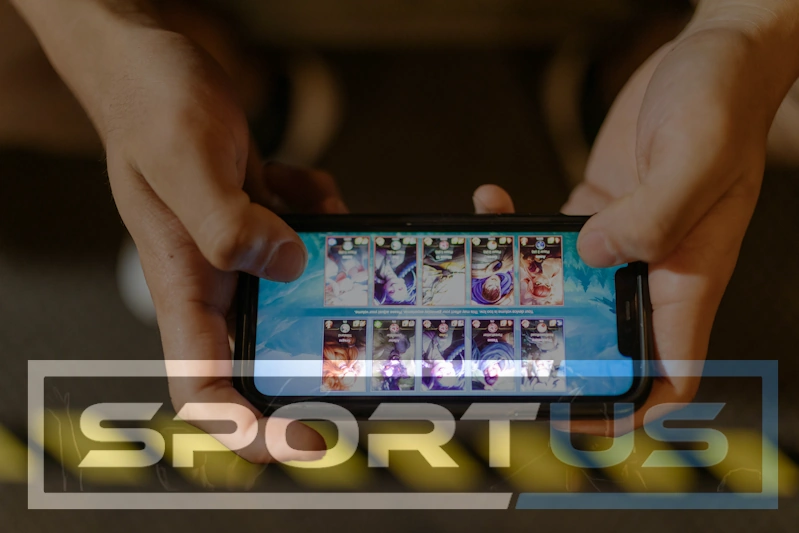Betting Sponsorships Surge in LoL and Valorant—Here’s Why That Matters

In early 2025, Riot Games made one of its most talked-about commercial shifts in years. The company updated its partnership rules to allow professional League of Legends and Valorant teams to work with betting brands, as long as they operated within strict protective frameworks. This move marked a notable change for two of the most popular competitive titles in the world, and it’s already reshaping how teams fund their operations, engage with audiences, and balance competitive integrity.
What Changed for Teams
For years, Riot’s partnership policies drew a clear line against betting sponsors. Teams relied on hardware brands, energy drinks, apparel deals, and tech companies to fill sponsorship slots. But esports has grown, and so have the costs of competing. Salaries, bootcamps, data analytics, and international travel add up fast. Opening the door to betting sponsorships offers teams a broader commercial mix—one that many in traditional sports have relied on for decades.
The updated framework is designed to keep competitive integrity intact. It sets out rules on how betting sponsors can appear on jerseys, broadcasts, and social channels, ensuring their presence supports teams without overshadowing the competitive product.
How Betting Ties into League of Legends
Esports betting has grown in visibility over the past few years, especially around major tournaments. Now, even when discussing betting on League of Legends as a trend, it’s important to understand the protective measures Riot has instituted—including branding restrictions and integrity programs. These measures aim to prevent betting partnerships from blurring the lines between competition and promotion, giving fans confidence that the game’s outcome remains entirely skill-based.
This balance is key to keeping the player-fan relationship strong. Spectators want excitement, not doubt, and Riot’s approach aims to keep both intact while enabling teams to access the kind of sponsorship dollars that can sustain long-term growth.
Why Worlds Qualification Still Matters
When talking about team viability, sponsorship is only half the story. Competitive performance remains the ultimate driver of visibility. Riot’s own global event structure means that making it to Worlds—the annual League of Legends World Championship—can transform a team’s profile overnight. For those curious about the process, this guide to how teams qualify for League of Legends Worlds outlines the regional leagues, playoff brackets, and international play-ins that shape the final lineup.
This qualification pathway is tightly linked to sponsorship value. Teams that qualify for Worlds don’t just compete for prestige; they gain broadcast time in front of millions, giving sponsors far greater exposure. For betting brands entering the scene, aligning with a Worlds-qualified roster is a high-visibility play—again, under Riot’s controlled framework.
Valorant’s Parallel Path
While League of Legends often gets the spotlight, Valorant is also seeing a sponsorship evolution. The VCT (Valorant Champions Tour) is younger but already draws strong global audiences. Riot’s policy changes apply to both titles, meaning betting brands can now support Valorant teams under the same safeguards.
This is significant because Valorant’s ecosystem is still building its long-term competitive structure. Betting partnerships could help organizations invest in coaching staff, training facilities, and player development programs sooner rather than later.
The Bigger Picture: Sustainable Esports
Opening up to betting sponsorships isn’t just about plugging financial gaps. It’s about keeping the competitive scenes for both LoL and Valorant healthy as they mature. Sustainable revenue streams allow organizations to plan beyond one or two seasons, invest in academy rosters, and maintain fan engagement even when win-loss records fluctuate.
At the same time, the protective frameworks mean that any integration between competitive play and betting promotion has to be handled carefully. Teams can’t simply plaster odds on their streams or embed live wagering calls in match coverage. The focus remains on enhancing the fan experience, not distracting from it.
Adding Perspective: What Betting Sponsors Look For
|
Factor |
Why It Matters to Sponsors |
|
Team Performance |
Higher visibility during key tournaments increases brand reach |
|
Audience Demographics |
Esports skews younger, digitally active, and globally distributed |
|
Brand Alignment |
Sponsors choose teams whose image matches their own values |
|
Engagement Channels |
Social media reach and content quality affect sponsorship ROI |
These factors explain why Riot’s rule change could trigger a surge in deals. For the right team, ticking all these boxes could mean securing a partnership that helps them stay competitive for years.
Keeping Fans at the Centre
Ultimately, these changes will only be successful if fans feel the competition remains authentic. Riot’s safeguards aim to ensure that sponsorships enhance rather than erode the trust between players and audiences. Whether a fan follows a rookie squad clawing through regional qualifiers or a legacy roster chasing its next Worlds appearance, the matches themselves stay the main event.
Betting brands, meanwhile, gain entry to an engaged, growing audience—but only under conditions that preserve competitive integrity. It’s a calculated shift, one that could define the financial health of LoL and Valorant in the years ahead, without compromising what makes people watch in the first place.